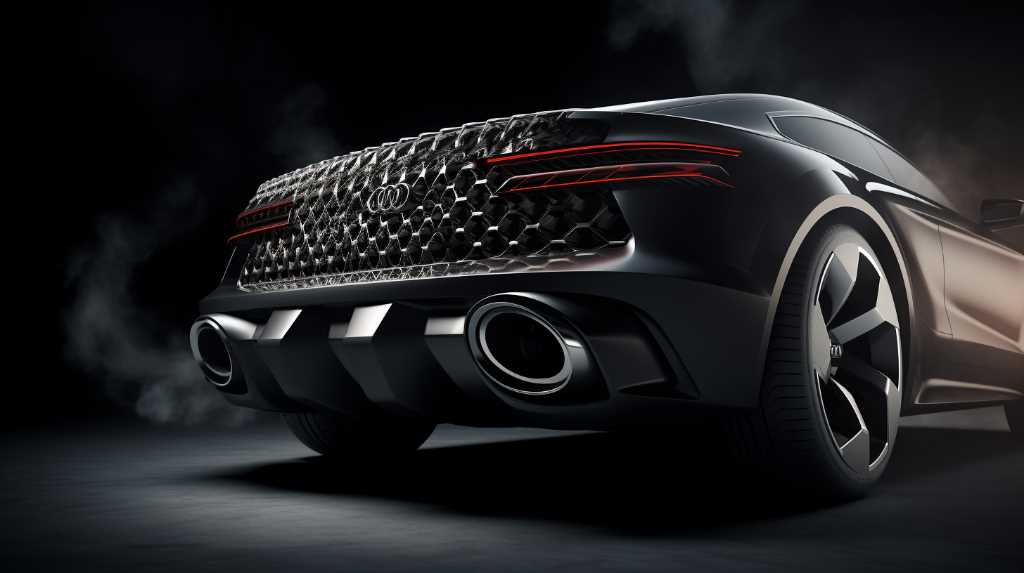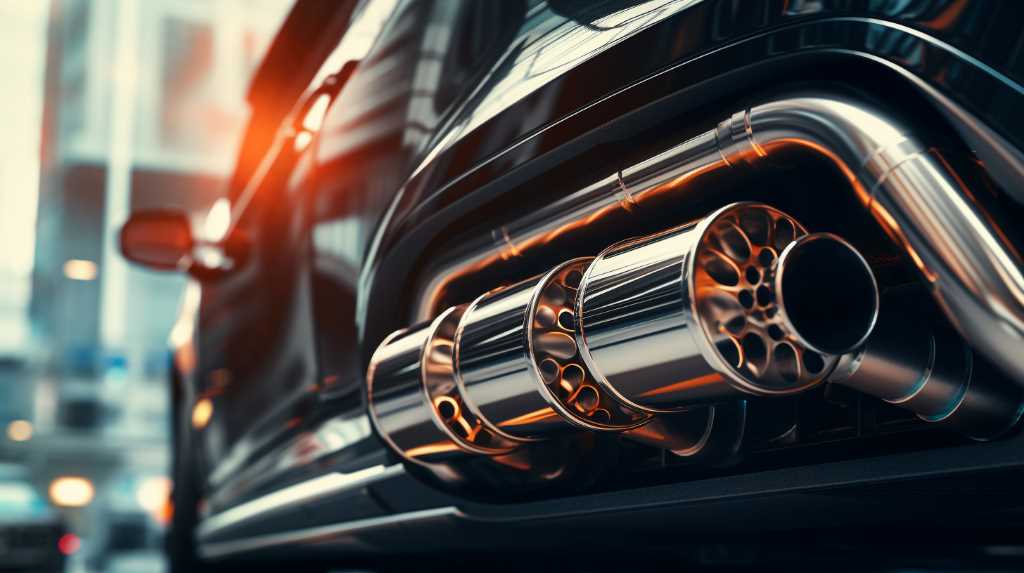Looking to boost your vehicle’s performance? High-performance high-flow catalytic converters can help! These converters are designed to improve horsepower while still meeting emissions regulations. With so many options available, it’s important to consider factors like vehicle compatibility and installation requirements.
In this article, we’ll explore the benefits of high-flow converters, how they enhance horsepower, and provide tips for installation and maintenance. Get ready to take your ride to the next level with high-performance high-flow catalytic converters!
Key Takeaways
- High-flow catalytic converters increase horsepower and improve exhaust flow.
- They comply with emissions regulations by reducing harmful exhaust emissions and efficiently converting pollutants into less harmful substances.
- When choosing a high-flow converter, factors to consider include the vehicle’s performance needs, required emissions standards, construction material options, and cell density.
- Proper installation, regular inspection and maintenance, and monitoring of performance are important for optimal functioning of high-flow catalytic converters.
What is a High-Flow Catalytic Converter?
High-Flow Catalytic Converters are components of the exhaust system designed to reduce harmful emissions from a vehicle’s exhaust while minimizing the restriction of exhaust flow. They perform the same essential function as standard catalytic converters but are engineered to allow for a greater volume of exhaust gases to pass through more quickly.
Here’s a bit more about how they work:
-
Emission Reduction: Similar to regular catalytic converters, High-Flow Catalytic Converters contain a substrate coated with precious metals like platinum, palladium, and rhodium. These metals facilitate chemical reactions that convert harmful emissions into less harmful substances:
- Carbon Monoxide (a poisonous gas) is converted into Carbon Dioxide.
- Nitrogen Oxides (contributors to smog and acid rain) are converted into Nitrogen and Oxygen.
- Hydrocarbons (contributors to smog) are converted into Carbon Dioxide and Water.
-
Performance Enhancement: The key difference between High-Flow Catalytic Converters and standard ones lies in their design. High-Flow models feature larger diameters and less restrictive honeycomb structures, allowing for increased exhaust flow. This reduction in back pressure can help to improve engine efficiency and power output, making High-Flow Catalytic Converters a popular choice for performance-oriented vehicles.
However, it’s important to note that while High-Flow Catalytic Converters are designed to meet emission standards, the specific regulations can vary by location. Therefore, you should always check local laws and regulations before installing a High-Flow Catalytic Converter to ensure compliance.
Benefits of High-Flow Catalytic Converters

You’ll love the increased horsepower and improved exhaust flow that high-flow catalytic converters provide. By replacing your stock catalytic converter with a high-flow version, you can unlock the true potential of your engine. These converters are designed to minimize the backpressure in your exhaust system, allowing for a more efficient flow of exhaust gases. This means that your engine can breathe easier, resulting in improved performance and responsiveness.
One of the key benefits of high-flow catalytic converters is the increase in horsepower. With reduced backpressure, your engine can expel exhaust gases more efficiently, allowing for a greater intake of air and fuel. This results in a noticeable boost in power, giving you a thrilling driving experience.
Furthermore, high-flow catalytic converters also contribute to improved exhaust flow. The decreased backpressure allows for a smoother and faster flow of exhaust gases, reducing the amount of heat buildup in the system. This not only helps to prolong the life of your engine but also enhances its overall efficiency.
In addition to the performance benefits, high-flow catalytic converters also have environmental advantages. While they still effectively reduce harmful emissions, they do so without sacrificing engine power. This means that you can enjoy both a greener drive and an exhilarating performance.
How High-Flow Converters Improve Horsepower

One of the ways high-flow converters improve horsepower is by increasing the engine’s ability to expel exhaust gases efficiently. When the engine is able to expel the exhaust gases more efficiently, it can also take in more fresh air, resulting in better combustion and increased horsepower. High-flow converters achieve this by reducing backpressure in the exhaust system.
Traditional catalytic converters have a honeycomb structure that restricts the flow of exhaust gases. This restriction causes backpressure, which hampers the engine’s performance. High-flow converters, on the other hand, are designed with less restrictive honeycomb structures or even with straight-through designs. These designs allow the exhaust gases to flow more freely, reducing backpressure and improving the engine’s ability to breathe.
In addition to reducing backpressure, high-flow converters also have larger catalyst volumes. This means that they can effectively convert harmful emissions into less harmful substances without causing excessive restriction in the exhaust flow. By allowing more exhaust gases to pass through the converter while still effectively reducing emissions, high-flow converters help to maximize the engine’s horsepower output.
Understanding Emissions Regulations and High-Flow Converters
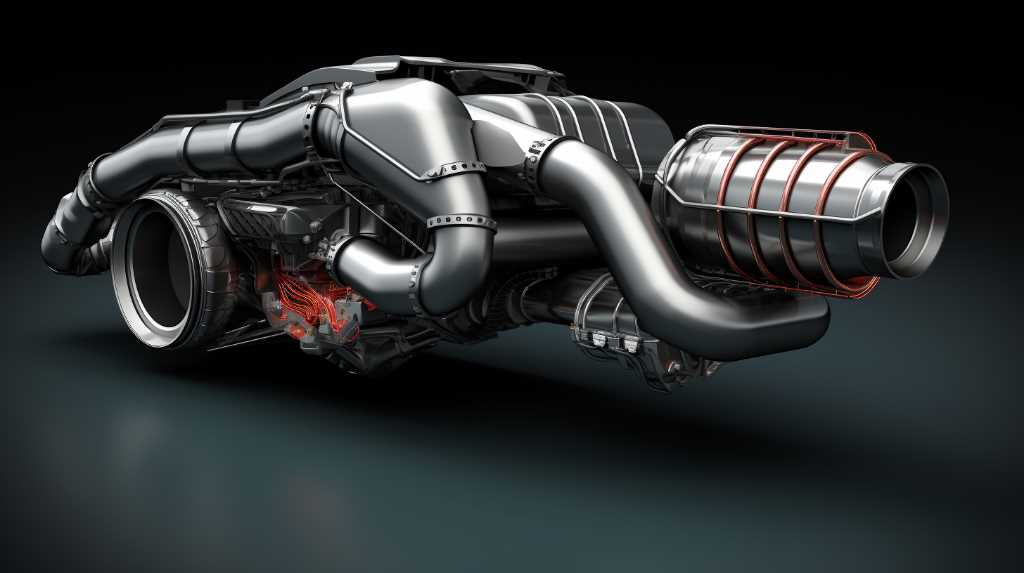
To achieve compliance with emissions regulations, it’s important to understand how high-flow converters can play a role in reducing harmful exhaust emissions. Emissions regulations are put in place to protect the environment and public health by limiting the amount of pollutants released into the air. These regulations often require vehicles to have catalytic converters installed to reduce harmful emissions.
High-flow catalytic converters are designed to allow exhaust gases to flow more freely, resulting in improved engine performance. However, it’s crucial to ensure that these converters still meet the required emissions standards. High-flow converters achieve this by using advanced catalyst materials and optimized designs that maximize the conversion of harmful gases into less harmful substances.
By improving the flow of exhaust gases, high-flow converters help to reduce back pressure in the exhaust system. This not only enhances engine performance but also allows for more efficient catalytic conversion. The increased flow rate enables the catalyst to effectively break down pollutants, such as carbon monoxide, nitrogen oxides, and hydrocarbons, into less harmful substances like carbon dioxide, nitrogen, and water vapor.
It’s worth noting that high-flow converters may not be legal for use on public roads in some regions. Therefore, it’s essential to check local regulations and ensure that any modifications made to the vehicle comply with the applicable emissions standards.
Factors to Consider When Choosing a High-Flow Converter
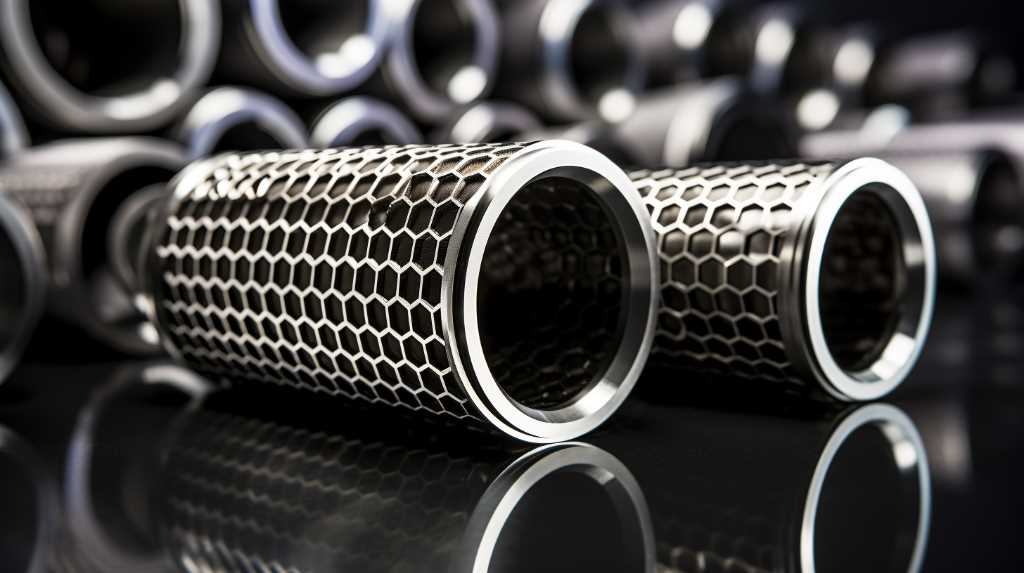
When selecting a high-flow converter, it’s important to take into account both your vehicle’s performance needs and the required emissions standards. High-flow converters are designed to increase exhaust flow and improve engine performance, but it’s crucial to ensure that they still meet the necessary emissions regulations.
One factor to consider is the construction material of the converter. High-flow converters are available in different materials, such as stainless steel or ceramic. Stainless steel converters are durable and can withstand high temperatures, making them suitable for high-performance vehicles. On the other hand, ceramic converters offer excellent heat insulation and are more lightweight, which can be advantageous for vehicles focused on speed and agility.
Another factor to consider is the converter’s cell density. Cell density refers to the number of cells per square inch in the converter’s substrate. Higher cell density results in increased surface area and more efficient conversion of harmful emissions. However, higher cell density can also limit exhaust flow, reducing overall engine performance. Balancing cell density with desired performance gains is crucial when selecting a high-flow converter.
Lastly, it’s important to ensure that the chosen high-flow converter is compliant with local emissions regulations. Different regions have varying emissions standards, and it’s essential to select a converter that meets or exceeds these requirements. Failure to comply with emissions standards can result in fines or even the inability to register your vehicle.
Installation and Maintenance Tips for High-Flow Catalytic Converters
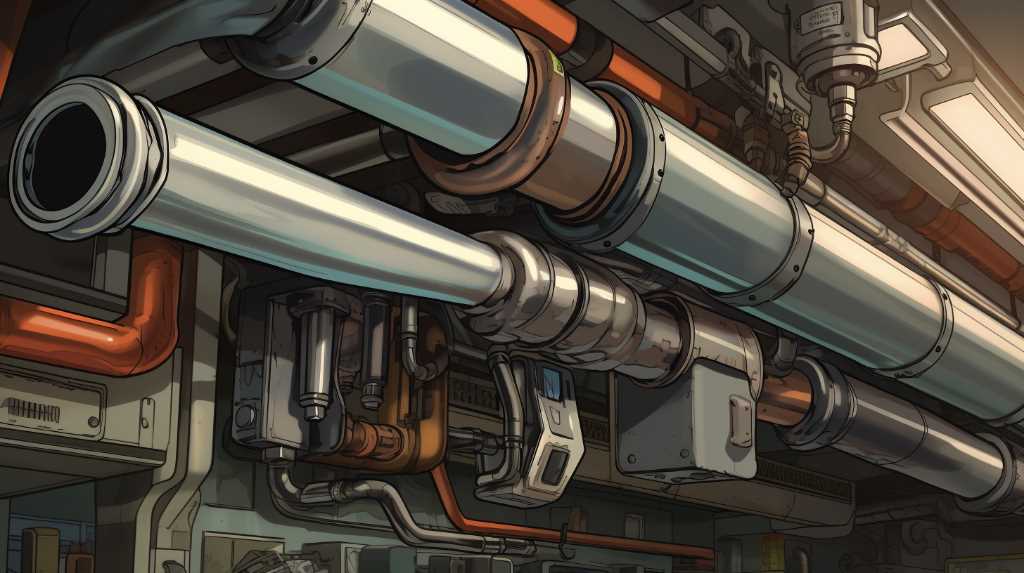
Before installing and maintaining your high-flow catalytic converter, it’s important to follow these tips to ensure optimal performance and longevity.
Firstly, make sure to choose a high-quality catalytic converter that’s specifically designed for your vehicle’s make and model. This will ensure a proper fit and compatibility with your engine’s exhaust system.
During installation, it’s crucial to carefully read and follow the manufacturer’s instructions. This will help you avoid any potential mistakes that could lead to leaks or other issues. Additionally, be sure to use the correct tools and equipment for the installation process.
Regular maintenance is key to keeping your high-flow catalytic converter in good working condition. One important tip is to regularly inspect the converter for any signs of damage, such as cracks or dents. If you notice any issues, it’s important to address them promptly to prevent further damage.
Another maintenance tip is to keep your engine properly tuned. A properly tuned engine will help prevent excessive emissions and reduce the risk of damaging your catalytic converter. Additionally, avoid using leaded gasoline, as it can damage the converter’s catalyst.
Lastly, it’s important to avoid driving your vehicle in conditions that could potentially damage the catalytic converter, such as off-road driving or driving through deep water.
Frequently Asked Questions
Can High-Flow Catalytic Converters Be Installed on Any Type of Vehicle?
Yes, high-flow catalytic converters can be installed on any type of vehicle. They are designed to improve exhaust flow and increase performance. So, whether you have a car, truck, or SUV, you can benefit from installing a high-flow catalytic converter.
Are High-Flow Catalytic Converters Legal in All States?
Yes, high-flow catalytic converters are legal in all states. They are designed to improve exhaust flow and increase performance without violating emissions regulations. So, you can install them on your vehicle without any legal issues.
Do High-Flow Catalytic Converters Require Any Modifications to the Vehicle’s Exhaust System?
High-flow catalytic converters don’t require any modifications to your vehicle’s exhaust system. They are designed to fit seamlessly and improve performance without the need for additional alterations.
Can High-Flow Catalytic Converters Be Used With Aftermarket Exhaust Systems?
Yes, you can use high-flow catalytic converters with aftermarket exhaust systems. They are designed to improve exhaust flow and reduce backpressure, which can enhance the overall performance of your vehicle.
How Often Should High-Flow Catalytic Converters Be Inspected and Cleaned?
You should inspect and clean your high-flow catalytic converters regularly to ensure optimal performance. Regular maintenance is important for keeping your vehicle running smoothly and reducing harmful emissions.
Conclusion
So, if you’re looking to improve your vehicle’s performance and increase horsepower while still complying with emissions regulations, high-flow catalytic converters are the way to go.
With their ability to enhance exhaust flow and reduce backpressure, these converters offer numerous benefits. Just remember to consider factors such as emissions regulations and the specific needs of your vehicle when choosing a high-flow converter. And don’t forget to follow proper installation and maintenance tips for optimal performance.
Related Articles
Be sure to also check out these articles right here at Motion Performance Motorsports
The Ultimate Guide to Performance Car Exhaust Systems
Next Exhaust Article: Installation 101: How to Install a Performance Exhaust System at Home
Previous Exhaust Article: High Performance Exhaust Headers And Manifolds

Hey there, I’m Terra Frank, the driving force behind Motion Performance Motor Sports. I’m thrilled to have you here, exploring the fascinating world of cars, trucks, and everything related to automotive performance and accessories.
